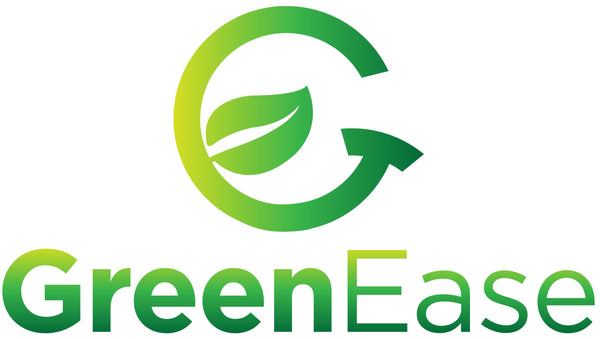
Getting More Yield in the Winter (Hydroponics)
Share
How can we grow produce in the winter similar to what we do in the summer? If we come at the problem from first principles, the answer is easy. We must create the same environment in the winter as in the summer. Easier said than done, right? 
It only comes down to a few things. Heat, Light and a little CO2. The heat part of the equation is very easy to solve for. Just crank up your heaters. (Don’t worry, we will get into costs later.)
The harder issue to solve for is light. Fortunately, with the advent of LEDs, lighting has become a lot easier and cheaper. We personally like the Mars Hydro lights. We have about 50 of these. Most of them are over 3 years old and have never given us one issue! No burned out LEDs or drivers. Just solid performance. But LED technology is changing fast, and Mars Hydro just came out with this new model. It spreads the light a lot more evenly and blocks much less sunlight, so if it proves to be as reliable as the ones we have now, it could be a much better option.
But LED technology is changing fast, and Mars Hydro just came out with this new model. It spreads the light a lot more evenly and blocks much less sunlight, so if it proves to be as reliable as the ones we have now, it could be a much better option.
As greenhouse growers, by and large, we don’t have a very good grasp on lighting and the relationship between increased light and increased yield. We need to learn from the vertical farming industry in this area. Here is a brief article diving into PAR, PPFD and DLI. These terms are a little bit technical but it is super essential to understand this if you are growing year round!! My fellow Wyomingite, Nate Story from Plenty (an indoor vertical farm) has really been pushing the envelope on lighting. He’s found that plants can take much more light than we ever thought they could. Basil and herbs will take almost as much as you can give them. In December and January you are extremely lucky if the sun is giving you 40% of the total light you need (in North America at least). It is very important to buy a light meter that measures PPFD and run your own tests.
Most greenhouse growers (myself included) are giving some of our plants only half enough light in the months of December and January. Is it any surprise that yields drop like they do?
Up to a point, 1% more light intensity will give you 1% more yield. If these economics don’t work out for you, your business has bigger problems that you should focus on first. The economics for heat are similar. Keeping the greenhouse above 70 degrees all through the winter has also greatly reduced our insect and disease pressure as well as boosted crop growth.
Keeping yields at 80 to 90% of summer during your worst months is a big chore. There are things like insect pressure, disease pressure and humidity to be taken into account also. But it is completely possible to do and can be done profitably! I love talking about this topic and would love to swap notes with you! Call me and let's have a talk!
